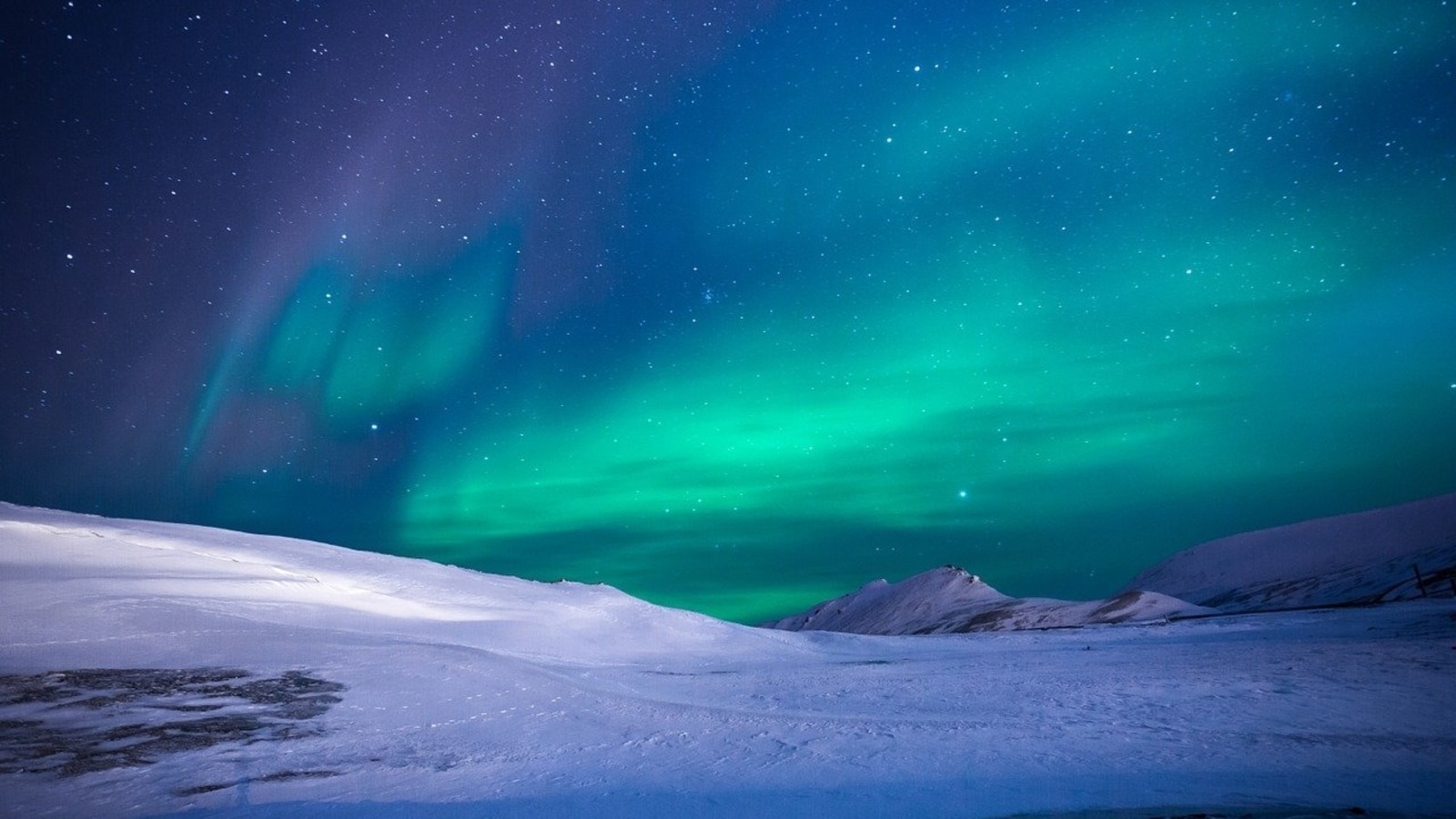Auroras on Christmas coming but brace for another solar storm
The recent solar storm on December 20 may lighten up northern lights before Christmas. Here’s everything about it.
When the world is already in the mood for the Christmas celebration, it may be lit up more with the auroras at the poles. A solar storm unleashed from the Sun on December 20 may stimulate northern lights over the north pole, according to the UK Met Office space weather forecasting centre said in a statement.
The UK Met Office centre further wrote, “The auroral oval is likely to be slightly enhanced at high latitudes from December 22 to 24 due to coronal hole geomagnetic activity enhancement, and the chance of a weak coronal mass ejection arriving on December 23.” Ahead of Christmas, the sun has been quite active, with multiple active areas forming on its blazing surface.
Why are we observing frequent solar storms?
The recent solar storm was the result of the coronal mass ejections (CMEs) which is a violent outburst of magnetically charged particles and plasma from the sun’s outer atmosphere, the corona. CMEs can cause geomagnetic storms that affect satellite systems and hit the power grids if they are directed at Earth. Generally, the rise of auroras in the regions near the North and South Poles is one of the key consequences of this phenomenon.
According to the experts from NASA, the Sun has begun its ‘Solar Cycle 25’, which is expected to peak in 2025. Solar minimum occurred in December 2019, marking the start of a new solar cycle which changes every 11 years. During this transition of the solar cycle, the Sun transforms its nature from relatively calm to active and stormy and then again quiet, after which the Sun results in a new solar cycle. The recent solar storms are the consequences of this new Solar Cycle.
How are auroras formed?
The aurora is formed by streams of electrified particles trapped in the Earth’s magnetic fields which are emitted by the sun. The geomagnetic storm caused by the recent CME is only predicted to be mild. When charged particles from the sun collide with the planet’s magnetic field, geomagnetic storms occur. These particles converge above the poles by the Earth’s magnetic field lines, which is why we observe auroras in these areas, the Met Office explained. Auroras appearing at the northern pole of the Earth are commonly known as Northern lights, similarly, the auroras on the south pole are called southern lights.
For all the latest Technology News Click Here

